Victorian jazz-death fusionists Alarum have been a round a while now, so long in fact that their career straddles two centuries; Yet in all the time since the band’s inception in 1992 they’d only recorded three full-length albums until the arrival last month of their new effort for the Dinner For Wolves imprint, Circle’s End. A fourth album release in twenty eight years certainly seemed like an excuse for a chat, so I immediately took to the telephone network for a lengthy chinwag with band bassist/vocalist Mark Palfreyman…
The record has been out a little while now, a couple of weeks, have you been pleased with the response to it so far? “Yes we are. We weren’t sure what to expect as it’s been quite some time since our last album, and the musical landscape is always changing; But it’s had a good reception, everybody seems to be getting it so we’re happy”.
You say the musical landscape is changing, but I think it would be fair to say that the music of Alarum changes as well. Would you say that one of the things you stand or fall by is the ability to progress from album to album? “I think as time goes by we’re still essentially doing what we’ve always done; it’s just, as that time goes by, as we all grow we are always trying to refine things – but also add new ideas and write songs that hopefully have some hooks and memorable parts as well as challenging the listener. It’s definitely always evolving. There are no rules where we end up sticking ourselves into a Pigeonhole and we’re certainly open to expanding as time goes by, for sure”.
Obviously you would have played a few shows to welcome the new album “We would have, yes!” (laughs). How difficult is it to keep spruiking the album and to keep up the enthusiasm for it yourselves when you don’t get that immediate feedback you get from fans at a live show? How hard do you have to work to keep the album from going ‘stale’, for want of a better word? “Well, it’s all new territory, isn’t it? We did have a tour lined up, although we hadn’t announced it. We were just watching the situation, getting ready to get our flights sorted… luckily we hadn’t booked all the flights and promotion. How do we go about everything now? It has been a long time, we’ve been sitting on this music for a while, we thought that the most important thing was to let people hear the music, because who knows when and how things will turn out as far as the live situation is concerned? We didn’t want anything that’s going on in the world in that sense to stop us from getting our music out there. We still have lots we can do to get the word out. The time between albums has been such that some people may have forgotten about us and we still have some work to do to remind people we are here and to get that word across the globe. In the past we haven’t had much of an online presence so we’ll up the ante on that and remind people that we might be an old band but we can still do it!”
Have you been enjoying any of these quarantine shows that bands have been doing online? Is that something you might consider? “We’re open to things. At this point, recording the album we had Ben Hocking from Canberra (who also happens to play in The Levitation Hex with Alarum’s Palfreyman and Scott Young! – Ed), but live we have been playing with Liam Weedall (Dyssidia, Hadal Maw, Voros) from Adelaide; So with regard to playing ‘live’, with borders closing, it all comes down to when it could be possible. Or if we could find a drummer in Melbourne than maybe we could do it but we’re definitely open to that kind of thing. In the meantime we can still do playthroughs, people can still see us playing the music. That’s something new and exciting for us”.
The last time you brought an album out I don’t think playthroughs existed! “Definitely not! Even stuff like the recording process – to tape, to DAT… everything changes constantly. Which keeps it interesting!”
So, when things like international travel begin again, when we’re allowed to go to fully-attended shows, the theory is that the whole thing will turn into a shitshow as bands flood the market all at once. Are you happy to ride that initial chaos out and just ease back into things? “I suppose when it comes to us doing anything we’ll just look at what the options are – if it’s worth doing it’s worth doing and if it’s not it’s not. We’re in no rush or hurry to go out and do something for the sake of it but we definitely do want to get out there and get around Australia and catch up with all our friends as well as getting overseas. I’m sure things will happen”.
Now, to the album. Can you tell me a little something about the writing and recording of each track? Starting, of course, with the first track Sphere of Influence. “Some of these songs were started after we’d finished the Eventuality… album in 2004. Scott was in the band at that stage although he wasn’t with us for the last album, (2011’s) Natural Causes. So we’d started some of these songs but when he left we discontinued work on them. We revisited them when he came back to the band. Sphere Of Influence was one of the first things I started working on after we finished Eventuality…; Once Scott came back, and working with John (Sanders, guitars) it seemed like a good time to dig this one out. It’s a short song that feels like a long song – there’s a lot of changes. When we play it, it feels like it’s five minutes long but it’s really just over two minutes! It’s a fun song to play”.
It’s a great album opening song, I think it introduces the album really well. “Yes, in some ways it’s almost a nod to the title track of Eventuality… – for me it has a link to that song. But it definitely says ‘this is Alarum’, it has all those common elements to our songs from the past. When we put the record together we had in our minds that it would be pressed to vinyl, so we did want a ‘start to finish’ feel to the record”.
I think you can tell that from the way the record is paced – there’s definitely a side one and a side two. “Yes, it was definitely a conscious thing to make it a journey. In this day and age people can listen to anything they want at any time, but we definitely wanted something that made a bit more sense if you listen to it from start to finish”.
Track 2 – Syzygy. “That’s an idea that Scott brought in. It was good to get back and reworking and playing the song. It’s got some ups and downs in it, in a similar vein to the opener, before things veer too far off in one way or the other!”
What’s it like when you revisit an unfinished song after a bit of a break? When you feel the song coming back through your fingers? Do you remember then how you felt when you first started working on the song? “Yes. I have to try and stop from wandering too far because I have to sing at the same time as play, but that definitely happens. Even having played the song prior to recording this album – some of these songs were played live – it was a reminder of that while we were recording. And it makes you want to play them live again!”
Track three is my favourite – Delta. ‘When Scott was going through material to bring to the table at the time of Natural Causes – even though he didn’t end up on the album – he came up with some music that he thought would be good for Alarum and the piece was called… it had a working title of Goodrem. A lot of our songs have working titles – the names of bottle shops, or things we find funny – and his working title for this song was Goodrem. Delta was the name of a song we’d been writing separately for Natural Causes apart from Scott. And I’d been working on lyrics thinking about the way rivers reach the ocean – the Delta – Delta Goodrem! So in the end there were definitely links between the two songs and it made sense to leave it as it was”.
Track four is called Crystals. “Circle’s End is the first album to feature John Sanders despite him being in the band for nine years. We were really excited to get John’s input, and Crystals is something that John brought to us. He had the idea on getting Shannon Tipene, a female vocalist, to do some vocals. She’s a friend of all of ours – Scott had played with her previously in a band called Darkest Dawn. John went down to Brighton Beach with a hand held recorder to record all the wave sounds. It’s like a part one to the part two of Sands. The second part is where the band kicks in. John came from Flatstick which was a band I always looked up to, they were doing a similar thing with jazz-fusion, and I really dug John’s vocals, so we encouraged John to get involved with the vocals on the choruses and some of the later verses, which expands the band’s sound”.
I love the way the two tracks melt into one another; it doesn’t sound like Pink Floyd, but that’s quite a Floydian device isn’t it – the way the female vocals work with the sounds and how that works as the counterpoint to the more dissonant sounds that follow. “Yes… we’d been thinking of doing something like that on previous albums but never really done it. One thing I really wanted to do with this record vocally was for me to scale it back, to sit in my comfort zone with more of the ‘heavies’ and to get other people in to handle other parts. John can sing really well and it’s worked great on this, definitely. Hopefully it’s something we can expand on in the future”.
War of Nerves? “War of Nerves is a new song and it’s a combination of ideas from myself, Scott and John. It was a song where I wanted to try and step up the heavy side but also mix in a bit of groove. It was inspired by an old art folio of my Dad’s. His mum was a graphic artist in the twenties, a fashion designer also, and I have all of these old pictures from her. My Dad was into drawing, and had drawn a picture of a manual dentistry tool. The picture was called War of Nerves. I think he drew it on his twenty first birthday. My father passed away five or six years ago, and he was always a big supporter of the band. When I looked at this picture I thought I would write a song called War of Nerves as a nod to him; but it also has a connection to overcoming things in your life where maybe things seem like they are getting too hard – mental illness or panic attacks, just about trying to get a grounding and to be positive. And it ends Side ‘A’, as we said!”
And the next track is In Spiral. “Yes, In Spiral starts the second side of the album. We wanted it to hit pretty hard, so it starts in a sort of dissonant, black metal kind of way. We’ve always thrown in a little bit of bm here and there, so we mixed that in with some tough riffs and a bit of groove, and then at the mid part of the song we bring it all down and take it on a bit of a journey. In the past people have often said ‘that’s a cool riff, why did you only play it two times?’ so for this song, for the second half of the song, we decided to base it around only one or two riffs, something different that we haven’t done too much of before. It was fun to put together”.
Up next is Thoughts To Measure. “There’s a bassline that starts the song that is something I was playing around with after the first album came out, in the late nineties or early two thousands. It never got worked on or finished. I remembered it when I was looking for ideas for this album and started playing around with it. John and Scott played around and came up with the idea of the intro to throw in some different vocals before the song kicks in. The choruses are things that we worked on to make them sound groovy without being overly technical; For me it’s one of the hardest bass songs to play but it’s a fun one”.
The penultimate track is also the title track. “Scott does his thing on the intro to the track, he had an idea of wanting to get the intro coming out into a heavy part as the song kicks in. The guitars have got a fair bit going on, some thrashy parts… it’s one of the songs that we’re really looking forward to playing live. When it comes to the title, Circle’s End – it’s about having no starting point, no ending point, and it ties in a bit with the band’s history, people coming and going, the use of some older material means the closing of that era of the band and then we start with new material and a new era with John, it sums up the whole album”.
So you see this record as a sort of bridge between eras. “Yes, but also that there is no real defining point – we’ve all been on the journey at different points and at different times. We’re still doing what we’ve always done, and it is exciting that we’re still doing it. Which all kind of leads into the last song Sojourn. We’ve all come from that journey. It’s not saying too much about where we are going with our next album, more that we are here now and want to do another album that comes from where we are now”.
I like that way of leaving the door open for whatever comes next. “Yes, and, without the pressure of touring for the next year or whatever, we do have a lot of material left over; I don’t want to start saying we’ll have another album out in a couple of years but we’re all older than we were when the band’s first album came out and we’d like to start and get more music out as much as we can. That’s definitely on the agenda”.


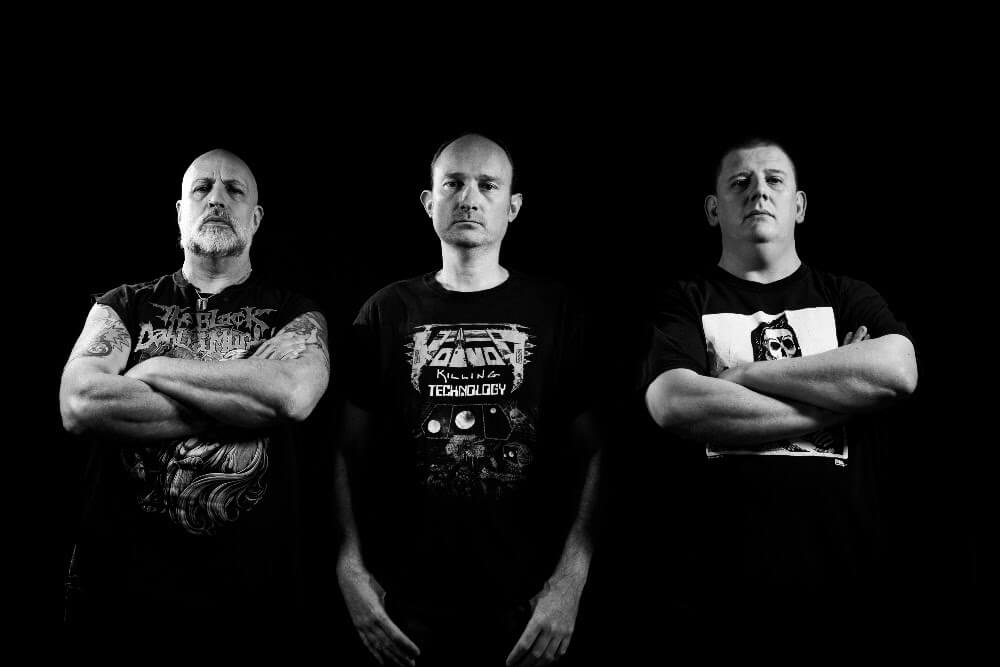
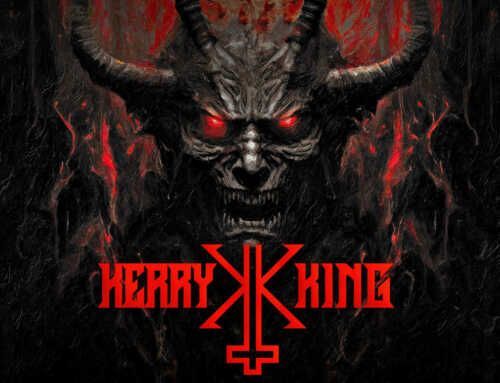
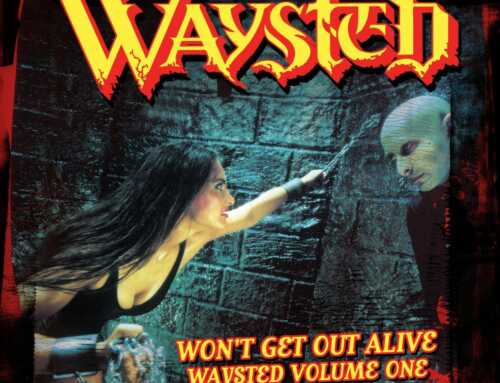
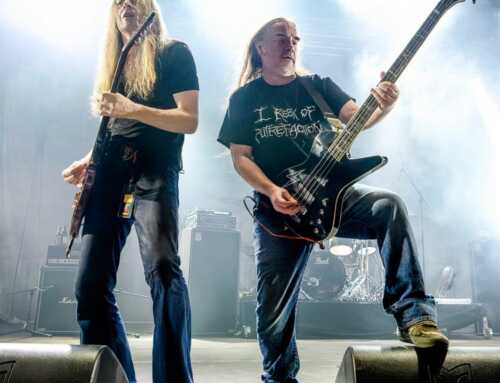
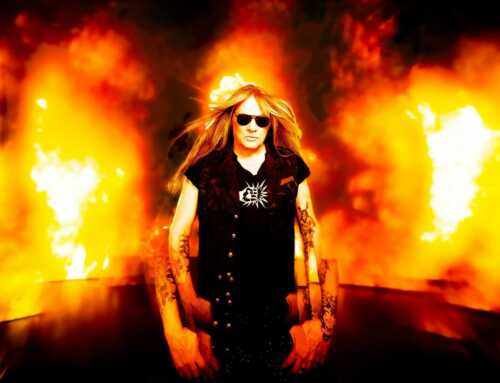
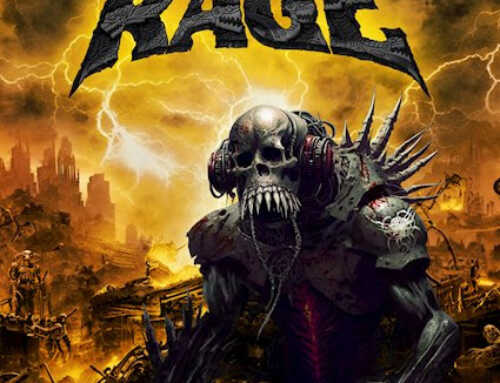
Leave A Comment